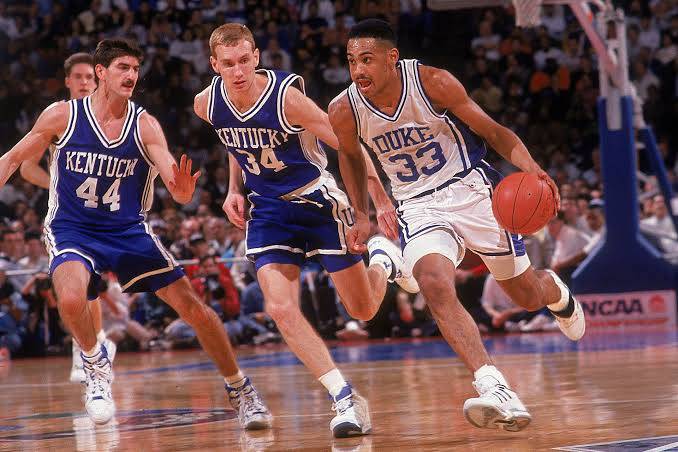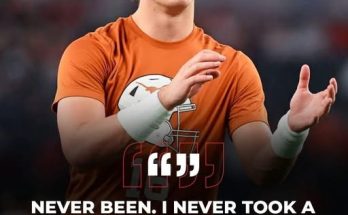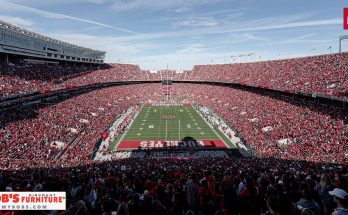College basketball is a sport built on legacy, drama, and unforgettable moments. But even within its rich tapestry of buzzer-beaters and heartbreaks, two games rise above the rest as benchmarks for what the sport can be at its very peak: the 1992 NCAA East Regional Final between Duke and Kentucky, and the 2001 Final Four showdown between Duke and Maryland. These two matchups, separated by a decade and forged in different contexts, continue to stir impassioned debates among fans, analysts, and historians. Can one truly declare either game the greatest in college hoops history? Or does their brilliance exist in such unique contrast that choosing one over the other is a disservice to both?
The 1992 Duke-Kentucky game at The Spectrum in Philadelphia is often referred to simply as “The Shot.” Those two words, to anyone familiar with college basketball lore, need no further explanation. With 2.1 seconds left in overtime and the Wildcats up 103–102, Duke’s Grant Hill unleashed a 79-foot inbounds pass that found Christian Laettner at the foul line. One dribble, a turn, and a fadeaway jumper later, history was made. The ball fell through the net as time expired, sending Duke to the Final Four and Kentucky home. But that iconic play is merely the climax of a game that had already delivered one of the most breathtaking 45-minute stretches in tournament history.
What made the 1992 Duke-Kentucky game so legendary wasn’t just the finish, but the convergence of narratives that met on the floor that night. Duke was the defending national champion, led by Laettner, Bobby Hurley, and Grant Hill—three players who had already cemented their names in the annals of Blue Devils greatness. Kentucky, on the other hand, was in the midst of a renaissance under Rick Pitino, recovering from NCAA sanctions and making a deep tournament run with a gritty, overachieving group known as “The Unforgettables”—a core of seniors who had stayed loyal to the program through its darkest days.
The clash was as symbolic as it was thrilling: Duke, the reigning kings of college basketball, against a Kentucky team that represented redemption and heart. And then there was the game itself, a showcase of elite shot-making, tempo, and drama. Sean Woods’ floater with 2.1 seconds left looked like it might write a new chapter in Kentucky folklore—until Laettner, who finished a perfect 10-for-10 from the field and 10-for-10 from the line, crushed their hopes in one of the most iconic moments in sports history.
Fast-forward nearly a decade to 2001. This time, the setting was the Metrodome in Minneapolis, and the stakes were a Final Four berth between ACC rivals Duke and Maryland. What unfolded that night wasn’t just a basketball game—it was a psychological thriller, a tale of collapse and comeback that would become the stuff of legend. Maryland raced out to a 22-point first-half lead and looked poised to shock the college basketball world. But Duke, guided by the unflappable leadership of Shane Battier and the scoring prowess of Jason Williams, mounted one of the most improbable comebacks the Final Four has ever seen.
While the 1992 game was punctuated by a single, immortal play, the 2001 Duke-Maryland epic was a slow burn turned explosion—a tale of grit, poise, and championship resolve. Maryland, coached by the passionate Gary Williams, was a program desperate to reach the mountaintop, while Duke was a juggernaut with a target on its back. The game was an emotional rollercoaster, filled with wild swings in momentum, clutch plays, and the raw intensity that only a bitter rivalry can provide. Down 39–17 in the first half, Duke clawed its way back and eventually prevailed 95–84, stunning Maryland and sending the Blue Devils to yet another national title game, which they would go on to win.
What makes the debate between these two games so fascinating is how differently their greatness is expressed. The 1992 game is often viewed through the lens of nostalgia, a defining moment of the early ’90s, broadcast to a generation that would forever associate college basketball with Laettner’s jumper and the rise of Duke as a dynasty. The game is cinematic in its perfection—two teams trading blows, legendary players at their peak, a last-second shot, and the raw heartbreak of defeat.
By contrast, the 2001 game feels like an odyssey. It’s not defined by one shot but by the resilience of a team, the evolution of a rivalry, and the psychological warfare that unfolded over 40 minutes. It was Duke at its most vulnerable, facing a blitzkrieg of offense and noise, and somehow finding a way to bend but not break. Maryland, for all its brilliance, became the tragic hero—a team whose effort deserved more but was swallowed up by Duke’s unrelenting will.
Both games, in their own way, encapsulate everything that makes college basketball magical: the urgency of the tournament, the pageantry of rivalries, and the myth-making moments that are passed down through generations of fans. But can one truly be crowned the greatest?
There’s a strong case for 1992 as the pinnacle. It was an Elite Eight game, meaning it wasn’t just about bragging rights but a ticket to the Final Four. The caliber of play was off the charts. The stakes, the symmetry of the teams, and the final sequence all combined to create a masterpiece. The fact that Laettner played a flawless game—20 points, 7 rebounds, 10-for-10 shooting from the floor and 10-for-10 from the line—is almost mythical. It was a game where the best player on the court delivered when it mattered most, in front of a national audience that stood breathless.
But the 2001 Final Four clash has aged beautifully, especially in an era of heightened rivalries and social media amplification. It was a showdown between programs with genuine animosity, and it featured a storyline that few could script: a 22-point comeback on the sport’s biggest stage. For many, the emotional weight of that comeback is just as powerful as a buzzer-beater. It was also a revenge game of sorts; earlier in the season, Maryland had blown a large lead against Duke in similar fashion. That Duke did it again, on a far bigger stage, only added to the drama.
Ultimately, the choice may come down to preference. Are you someone who values the perfection of a moment, like Laettner’s shot, etched in time? Or do you lean toward the dramatic arc of redemption, collapse, and revival that defined the 2001 game? There’s no wrong answer, and maybe that’s the point. These two games exist not to cancel each other out, but to elevate one another—coexisting at the summit of what college basketball can be at its finest.
Both games represent the absolute zenith of college hoops storytelling. They remind us that basketball is more than just athleticism or execution; it’s about the narratives, the human emotion, the chemistry between players and fans, the burden of legacy, and the cruel beauty of sport. Whether it’s the high drama of a last-second dagger or the slow churn of an epic comeback, these moments are burned into our collective memory for a reason.
So can we really pick just one? Perhaps not. And maybe we shouldn’t try. The greatness of the 1992 Duke-Kentucky and 2001 Duke-Maryland games lies in their differences as much as in their similarities. They reflect different eras, different kinds of tension, and different types of basketball greatness. What binds them is their ability to transcend the game itself—to capture the essence of March Madness and freeze it in time.
They are the games you show to someone who doesn’t understand why college basketball matters. The games that make even the most casual viewer sit up and take notice. The games where everything was on the line, and the players responded with brilliance. Whether you lean toward the poetic perfection of Laettner’s shot or the ferocious will of Duke’s comeback against Maryland, one thing is certain: these are the gold standards by which all other games are measured.
And maybe, in the end, the debate itself is the most enduring tribute. The fact that decades later, we’re still arguing over which of these two games reigns supreme is proof of their lasting power. College basketball has given us countless moments of wonder, but these two remain unmatched—because they weren’t just games. They were epics. They were theater. They were timeless.


